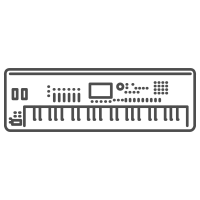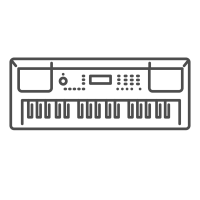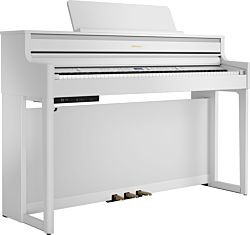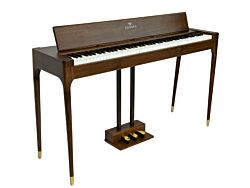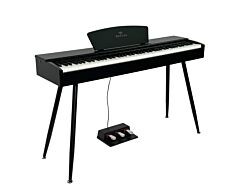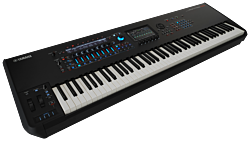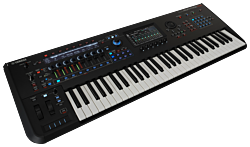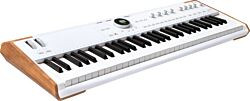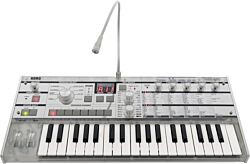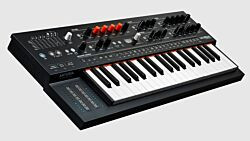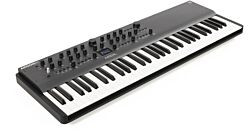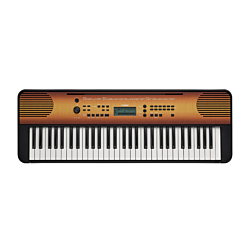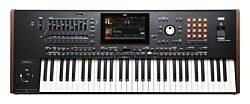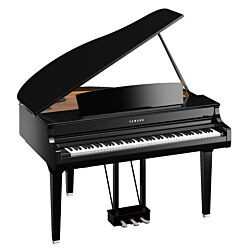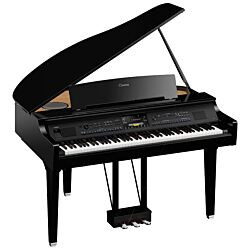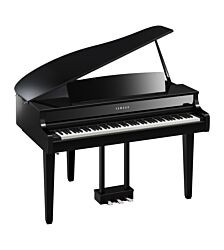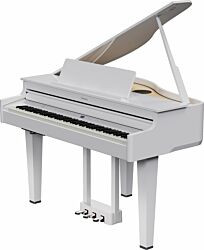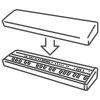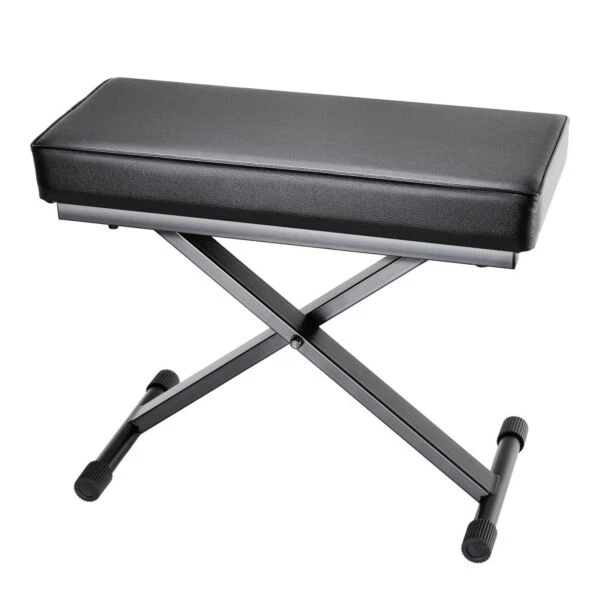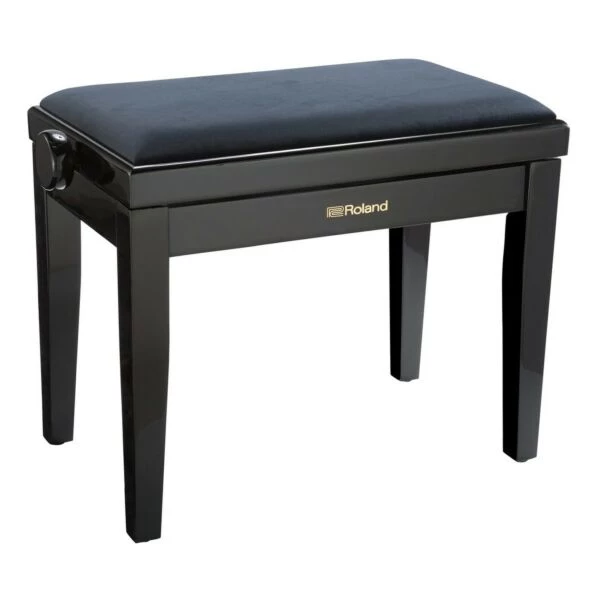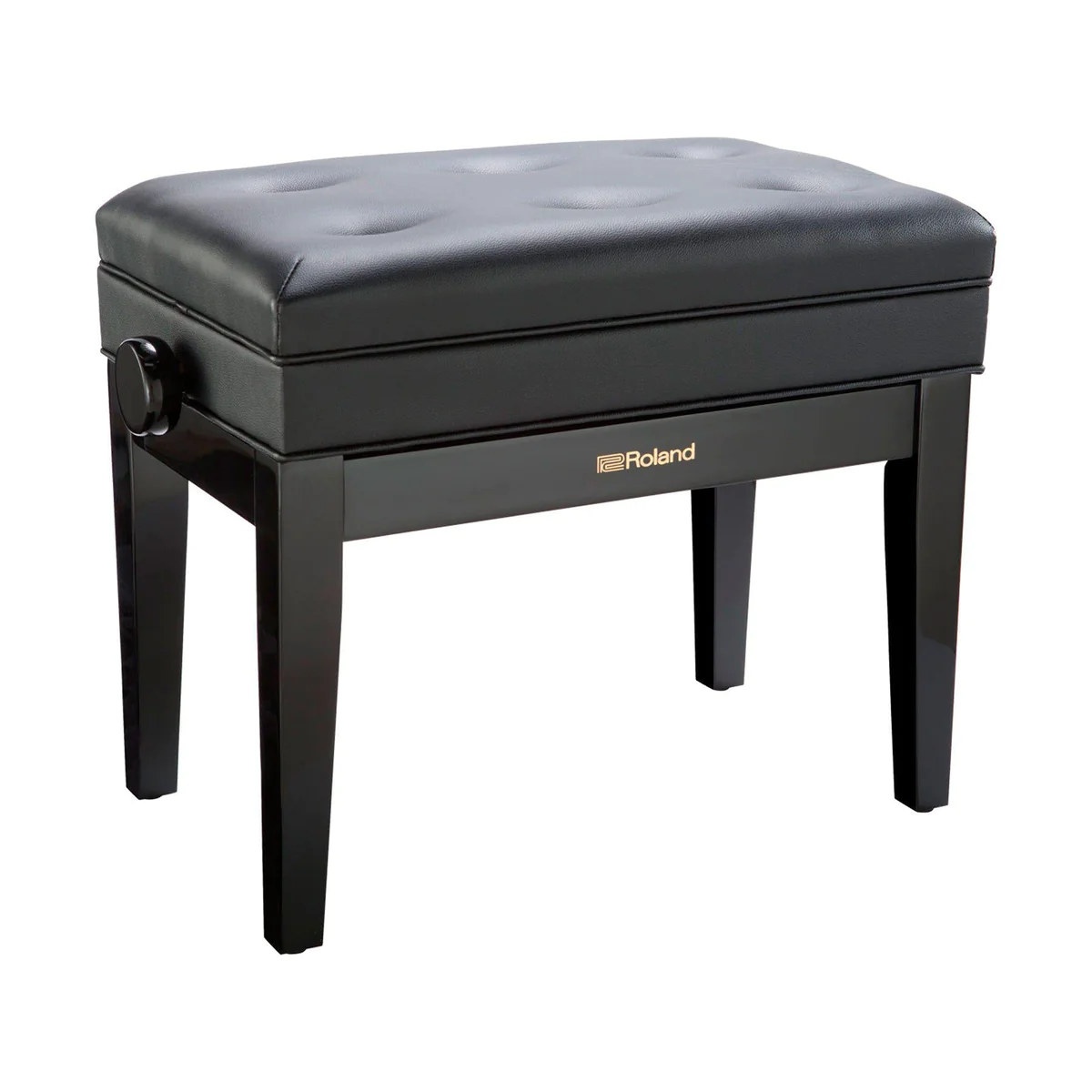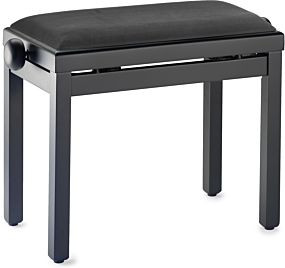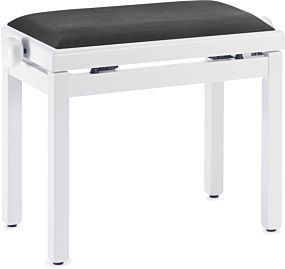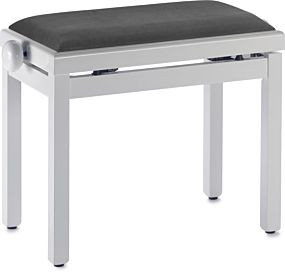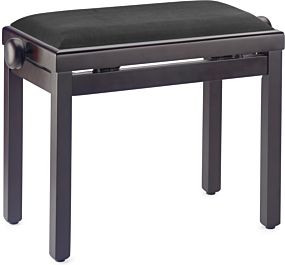How to Choose the Right Piano bench? A Guide to Find the Perfect One for You.
Selecting the ideal bench for your digital piano is crucial for a comfortable and enjoyable playing experience. In this guide, we'll explore the key factors to consider when choosing the best digital piano bench for you. From comfort and height to durability and design, we'll provide insights to help you make an informed decision.
When you get a piano, it's easy to forget about getting a good bench for your digital piano. Technically, you can use almost anything, like a regular chair or a kid's stool, as long as you can reach the keys comfortably.
But having a good bench makes a big difference when you're learning to play a digital piano. Everyone is different, so in this guide, we'll talk about why it's important to use a good piano bench, and then we'll figure out what makes a bench good for you.
Table of Contents
1. How important is a piano bench?
2. Why are piano benches important for your posture?
3. How long should a piano bench be?
4. Choosing a piano bench: Traditional bench vs. modern style bench explained
5. The Pros and Cons of Traditional Piano Benches
6. The Pros and Cons of Modern Piano Benches
7. What are the Advantages of Adjustable Piano Benches?
8. Why should you choose a Piano bench with Storage?
9. Why should you choose a piano duet bench?
11. Why are piano benches so expensive?
12. What are the best affordable piano benches?
How Important is a Piano Bench?
Playing the piano is a physical activity, even though we pianists sit instead of moving around like guitarists on a stage. Despite being seated, we still make a lot of movements!
Pianists often lean forward for softer sounds and lean back for louder ones. Playing big chords and arpeggios involves sweeping arm movements – it's not just about the fingers! To achieve expressive and dynamic playing across high and low notes, it's essential to sit on something without armrests. This gives your upper body the space it needs.
Since piano practice sessions can be lengthy, comfort is crucial. The more comfortable you are, the more you'll enjoy practicing! A good bench also enables comfortable use of the pedals. For synth players, easy access to other controls is also important.
Why are piano benches important for your Posture?
Maintaining good posture is crucial, and the sooner you establish those habits, the better.
Good posture not only promotes overall well-being but also contributes to improved piano technique. Faster playing and precise articulation result from wrists that remain steady and hands that can effortlessly reach the keyboard.
Here are some important points to keep in mind for good piano posture:
-
Keep your feet flat on the floor.
-
Relax your shoulders and upper arms.
-
Ensure your arms are parallel to the floor.
-
Keep your wrists slightly raised, avoiding drooping.
-
Maintain a straight back, avoiding hunching (engage your core!).
Ensure everything, including the keyboard, pedals, and sheet music, feels easily within reach.
Adhering to these posture guidelines will contribute to a more comfortable and effective piano playing experience.

Why are piano benches important for your Posture?
Piano benches come in different lengths, but a normal one is usually about 75 cm to 85 cm long. It's important to pick a bench that fits nicely in your piano area and lets you sit comfortably without feeling too close or too far from the keys.
Choosing a Piano Bench: Traditional bench vs. Modern Style bench Explained
When choosing a piano bench, one of the initial decisions to make is between a traditional or modern design. Each style falls into distinct categories, each with its own set of pros and cons.
Traditional benches are a great visual match for acoustic pianos. They're robust, comfortable (often equipped with leather or faux-leather tops), and frequently offer storage space. However, the drawback is that they can be quite expensive.
The pros and cons for traditional piano Benches
When choosing between modern and traditional benches, it's essential to weigh these pros and cons based on your preferences and specific needs.
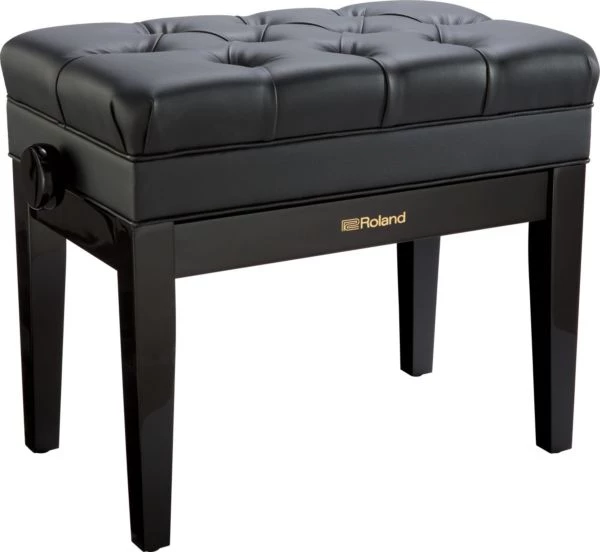
|
Pros |
Cons |
|
Sturdy and durable. |
Be prepared for a higher cost, ranging from 80 euro to 200 euros or more. |
|
Visually complements acoustic pianos. |
Tend to be heavier and are not typically designed for portability. |
|
Comfortable, with high-quality materials such as wooden constructions and leather tops |
Height adjustability often comes with an additional cost |
|
May include storage features |
Those without a foldable feature, may be harder to store. |
The pros and cons for modern piano Benches
When choosing between modern and traditional benches, it's essential to weigh these pros and cons based on your preferences and specific needs.
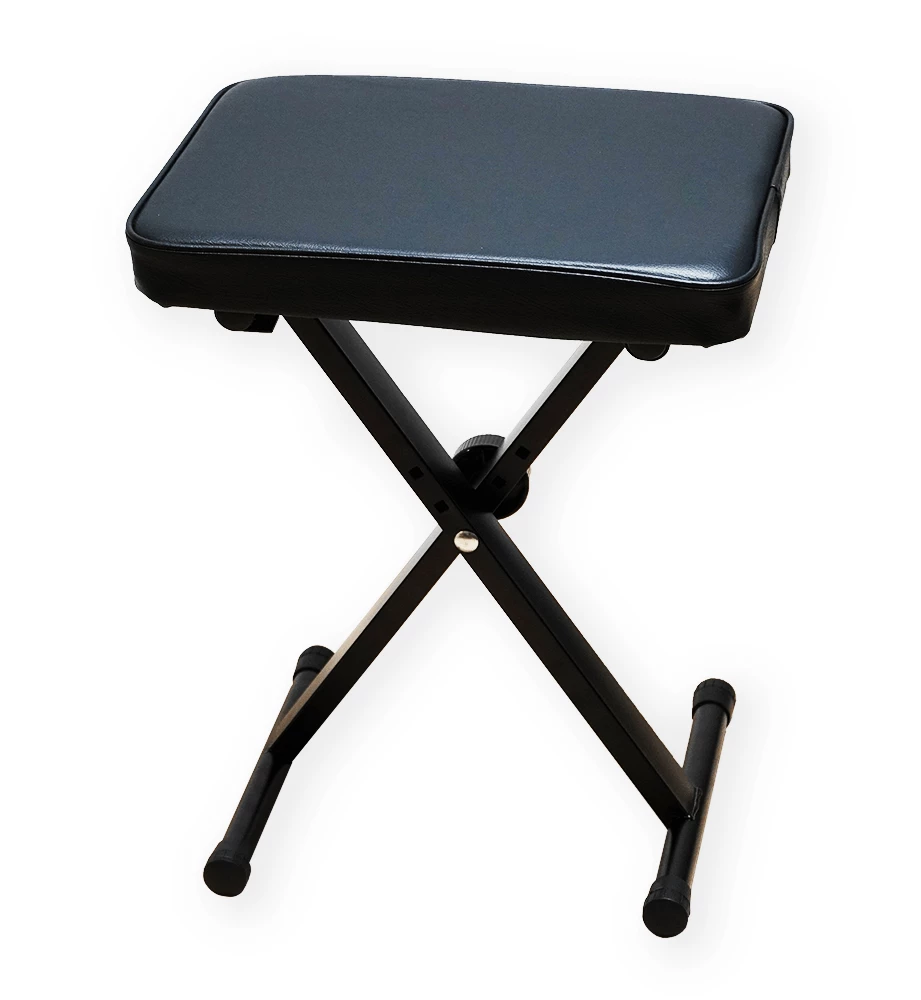
|
Pros |
Cons |
|
Easy to store |
Often lacks built-in storage if low-profile |
|
Often more budget-friendly. |
Not as visually appealing |
|
Sleek, contemporary designs, often with metal or minimalist aesthetics. |
|
What are the Advantages of Adjustable Piano Benches?
Choosing an adjustable piano bench offers several advantages. Since not all pianists have average height or weight, the ability to customize the bench height greatly improves comfort during play, catering to individuals on the taller or shorter side.
These benches are convenient for families with diverse users of the piano, accommodating various sizes. Nevertheless, they might lack storage, be more compact, and suitable for a single person at a time. It's worth noting that adjustable benches often come with a higher price.
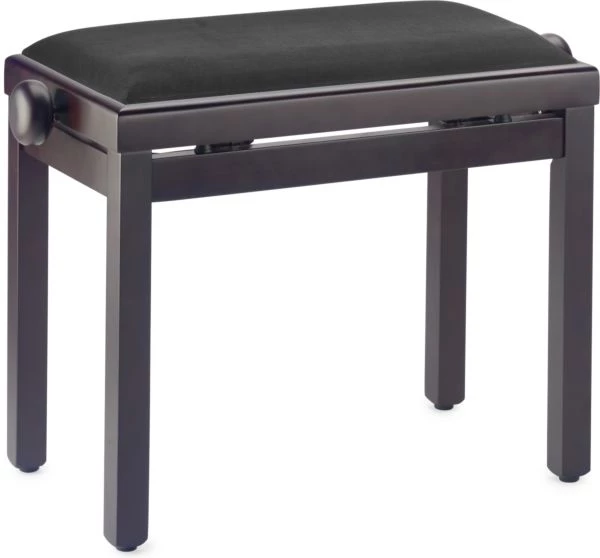
|
Pros |
Cons |
|
Great for multiple players |
Are often more expensive |
|
Adjustability = more comfort |
Height adjustment can add complexity |
|
Growing with the Player |
Usually more expensive (especially traditional designs) |
|
Promotes proper playing technique. |
May be heavier due to the additional mechanisms, |
Why should you choose a piano Bench with storage?
Piano benches equipped with storage are exceptionally convenient, allowing you to keep all your sheet music neatly organized right beneath where you sit. This is especially beneficial if you reside in a limited space and use sheet music, offering an excellent space-saving solution.
However, it's worth noting that benches with storage tend to be pricier and are less prevalent in modern designs. If you already have a bookshelf for storing your materials, you might find that this feature is unnecessary for your needs.

|
Pros |
Cons |
|
Have usually a good quality |
Not all storage benches offer the same amount of space |
|
Ideal for small living spaces, |
Can be more expensive. |
|
Keeps essential materials within arm's reach. |
Design Limitations |
|
It’s multi-functional. |
May be heavier due to the additional structure. |
Why should you choose a piano duet bench?
Piano benches come in single and duet variations. Duet benches are slightly longer and designed to accommodate two people.
These duet benches are excellent for parents and children who enjoy playing together or for students who want to duet with their teachers. Additionally, they provide more space for experienced pianists tackling vigorous pieces, allowing for greater freedom of movement during the play.

|
Pros |
Cons |
|
Perfect for teachers and students, parents and kids, and other duet enthusiasts to play together. |
May occupy additional space. |
|
Offers ample space for dynamic players to move around freely. |
Typically found exclusively in traditional designs. |
|
|
May not be suitable for players of varying heights. |
WHO ARE YOU SHOPPING FOR?
This is perhaps the most important question to answer. Different people have different needs.
If you're purchasing for a child, an adjustable bench, whether modern or traditional, is probably your top pick. Kids grow rapidly, so the flexibility of an adjustable bench means you won't have to continuously buy new ones. Ensuring that the bench is adjusted to the right height is crucial for developing proper technique. Plus, comfortable children are more likely to be motivated to practice!
If you're a gigging musician, your best choice is a portable, easy-to-store, and collapsible modern bench. These modern designs not only align with the aesthetics of digital pianos but also offer practicality for musicians on the go.
For parents or teachers, a wider duet bench is worth considering, allowing you to play alongside your child or student comfortably.
If you reside in a compact space, like an apartment, opting for a bench with storage provides additional space and can be a practical choice for you.
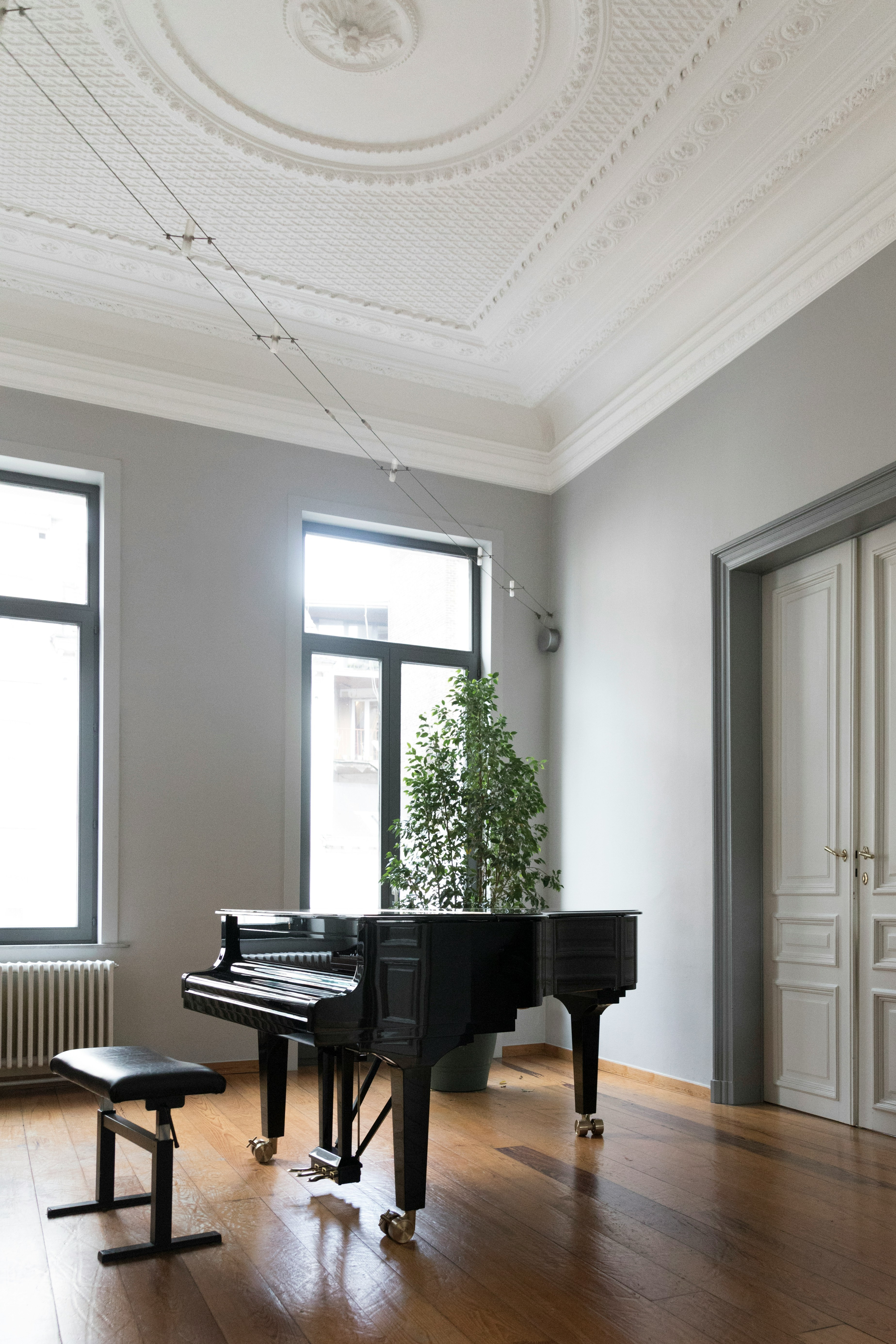
Why are piano benches so expensive?
Piano benches come in different price ranges. Fancy ones can be expensive because they're made with top-notch materials and crafted by hand. But you can also find cheaper options that still do the job well without all the fancy extras. When shopping for a piano bench, it's important to consider your budget carefully, as prices can vary greatly. High-end models with luxurious materials and intricate handcrafted details tend to come with a hefty price tag, reflecting the quality and craftsmanship put into their construction. On the other hand, there are more affordable options available that offer basic functionality without the premium features. By determining your budget beforehand, you can narrow down your options and find a piano bench that not only fits your needs but also aligns with your financial preferences.
Below is an overview of the affordable, midrange, and premium piano benches that we offer, catering to various budgets and preferences:
What are the best afforable piano benches?
|
Bench |
DPB-10X |
SKT17 |
|
|
|
|
|
Design |
Modern |
Modern |
|
Storage |
No |
No |
|
Adjustable |
Yes |
Yes |
|
Price |
What are the best mid-range piano benches?
|
Bench |
Roland RPB-220 |
DPB-100 |
|
|
|
|
|
Design |
Traditional |
Traditional |
|
Storage |
No |
No |
|
Adjustable |
Yes |
Yes |
|
Price |
What are the best premium piano benches?
|
Bench |
RPB-500PE |
RPB-400PE |
|
|
|
|
|
Design |
Traditional |
Traditional |
|
Storage |
Yes |
Yes |
|
Adjustable |
Yes |
Yes |
|
Price |
KEY TAKEAWAY: TRY BEFORE YOU BUY!
The most crucial advice is to try out a piano bench before making a purchase. Sit at the piano with proper posture—feet flat, arms parallel, and a straight back—then play a bit. Move around, stretch, test the pedals. Ensure everyone who uses the bench tries it out.
Ultimately, getting the right height is paramount for developing good technique. Additionally, inquire about maintenance issues; most benches might develop creaks over time. Seek advice from the seller or brand on addressing such concerns.
By testing a bench beforehand, you'll be well on your way to choosing one that enhances your piano journey. Happy practicing!
We also invite you to visit our Showrooms in Aarhus, Copenhagen, Helsinki or Stockholm so you can play any of our piano models and choose the one that fits your needs the most.
You could find the locations here:
If you would like to browse even more models and types of pianos, please visit our website DigitalPiano.com



